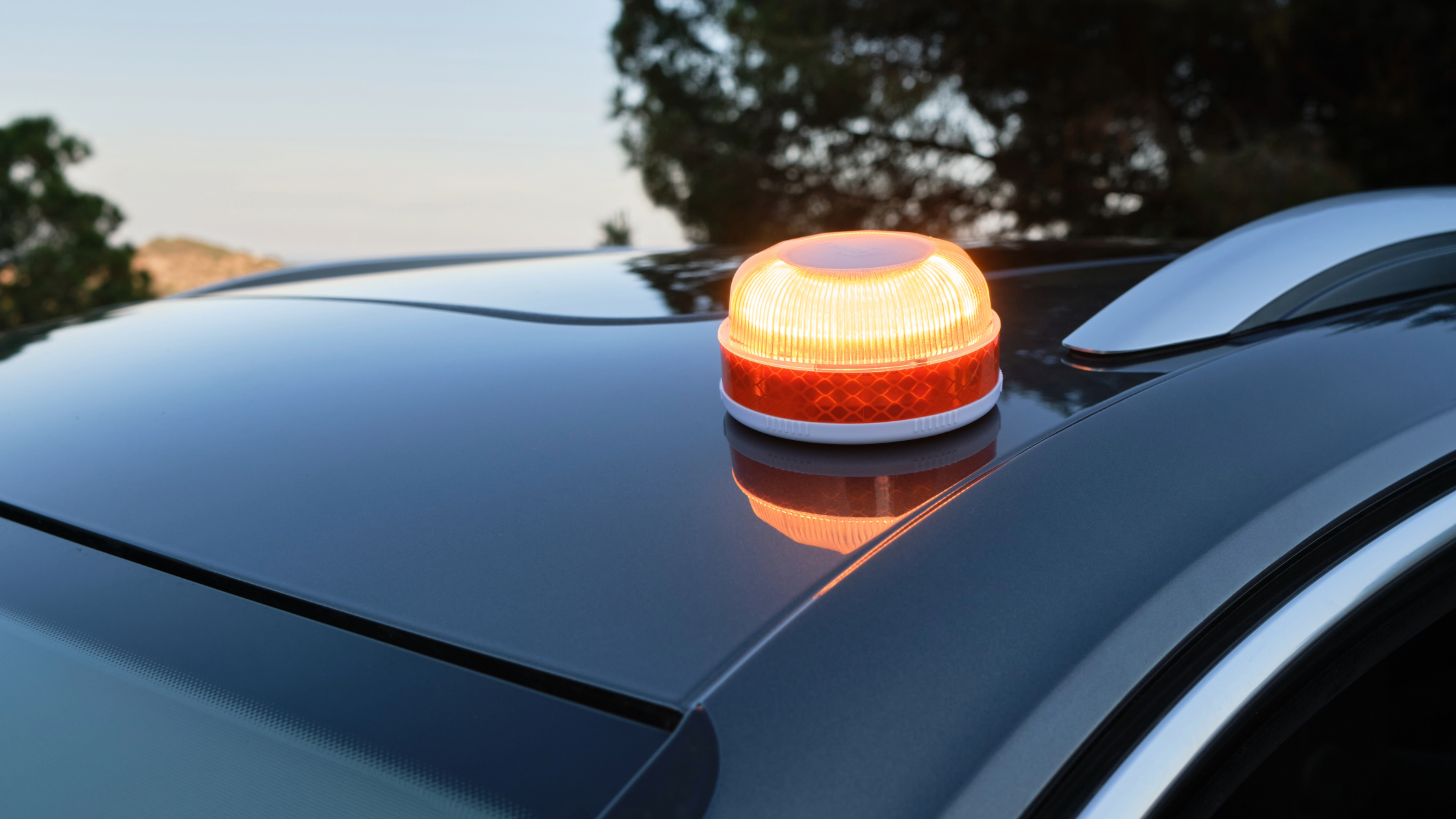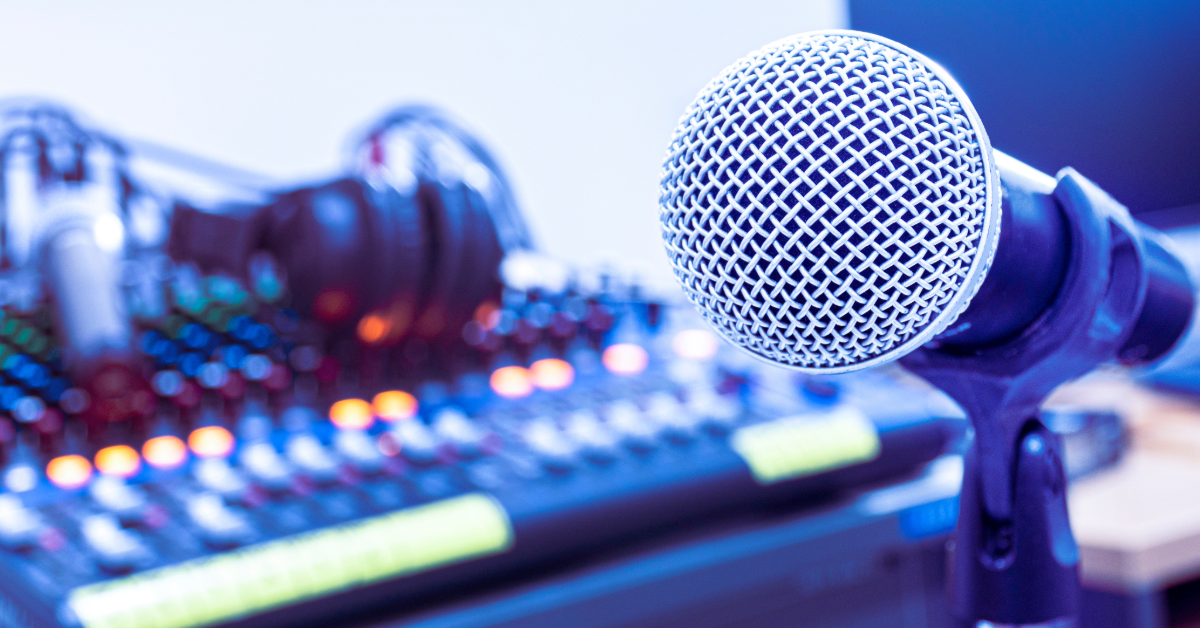Steps to help achieve 5-star drivers in your emergency service organization
It's fair to say that while you've ridden as a passenger in your organization's fire trucks or ambulances, you've formulated an observed opinion of each driver. So, how would you (honestly) rate each one of your emergency service organization's (ESO) drivers using 1 to 5 stars?
It might be the first time you're thinking about this, but while these ratings are available online across virtually every industry—our drivers are rarely evaluated, even during an annual employee appraisal process.
We truly understand the importance of scene-safety—but it's equally important to have a safe, smooth and responsible driving response along the way. After all, the lives of firefighters, medics and citizens remain at risk all the same. That's why we recommend developing a solid, documented and comprehensive driver qualification program.
Your ESO can work to achieve 5-star drivers by implementing a comprehensive driver qualification program that includes these 6 components:
1. SOPs and SOGs
The purpose of Standard Operating Procedures (SOPs) and Standard Operating Guidelines (SOGs) is to clearly identify expected behaviors and anticipated actions. Driving SOPs and SOGs should cover the qualification components for all drivers (described below), as well as the specific driving expectations and operations, including topics like speed, intersection safety, rollover awareness and mitigation and backing safety.
2. Initial qualification standards
Have documented basic standards that qualify an individual to learn how to drive an emergency vehicle, including traits like:
- Time on the job/experience
- Minimum age
- Valid driver’s license that demonstrates non-violation performance
3. Prequalifying driver training and assessments
If your state has specific regulatory standards for emergency service drivers, you should follow those at a minimum. We also recommend utilizing a state or nationally-recognized driver training program that includes classroom didactics (as well as a written examination), a controlled driving course (usually referred to as the cone course) and over-the road, and documented assessments in non-emergency and emergency mode.
4. Ongoing evaluations and performance feedback
Driving evaluations can be done in a variety of ways and there's new performance technology quickly evolving. Here are a few mechanisms available today that your ESO can use to give your drivers feedback:
- Encourage a culture of safety.
Driving safety should be seen as a team effort and passengers should be encouraged to speak up if they feel unsafe and assist in situational awareness related to traffic hazards. - Embrace technology.
Many modern vehicles have on-board monitoring, including recorded video. This technology should be utilized as a learning/coaching tool to help improve driver safety. There's also a variety of other technology available. One ESO even installed a display in the cab of the fire truck that faces the supervisor and indicates the driver’s speed which provides instant situational awareness and the opportunity to verbalize appropriate relative speed to their driver. - Include driving in your annual review.
Most departments conduct annual employee appraisals on volunteers and full-time personnel. These appraisals should include driver performance and identify both areas of strength and places for potential improvement.
5. Annual driver training (that's
documented!)
NFPA 1451, the Standard for a Fire and Emergency Service Vehicle Operations Training Program, recommends that driver refresher training be conducted twice each year, and most insurance companies recommend at least an annual refresher training.
Interestingly enough, most entities don't specify the type or length of refresher training. So the key is that regardless of what format your refresher training is (cone course, over the road course evaluation, classroom reviews, case studies, etc.), you need to clearly document the training type and length.
6. Formal collision/incident reviews using an objective investigative team
During a recent Emergency Vehicle Driver Training (EVDT) Program class discussion, I asked a group of responders, 'what normally happens when a driver in your ESO is involved in a minor incident/scratch-type of collision?' Their answer collectively was, “we're told to be more careful and don’t let it happen again."
This may sound intuitive enough, but as they say in our business, “all large fires start small”. This can be a recipe for disaster because the next time a similar incident occurs, the driver will expect the same, non-punitive action. All vehicle collision/damage incidents should be investigated by an objective incident review team that ultimately identifies recommendations and potential remedial training, when appropriate.
Putting in the work to improve your driving safety through a well-established comprehensive qualification program and continuing to update that program as needed is vital for the long-term success and safety of your organization and team. And it's not just about improving the competency of some drivers, it's also about formally recognizing drivers who deserve that 5-star rating and who work to achieve “Everyone Goes Home” on a daily basis. After all, we're in this together.
Don Cox, VFIS Education Specialist
DISCLAIMER
The information contained in this blog post is intended for educational purposes only and is not intended to replace expert advice in connection with the topics presented. Glatfelter specifically disclaims any liability for any act or omission by any person or entity in connection with the preparation, use or implementation of plans, principles, concepts or information contained in this publication.
Glatfelter does not make any representation or warranty, expressed or implied, with respect to the results obtained by the use, adherence or implementation of the material contained in this publication. The implementation of the plans, principles, concepts or materials contained in this publication is not a guarantee that you will achieve a certain desired result. It is strongly recommended that you consult with a professional advisor, architect or other expert prior to the implementation of plans, principles, concepts or materials contained in this publication.
This blog post may contain the content of third parties and links to third party websites. Third party content and websites are owned and operated by an independent party over which Glatfelter has no control. Glatfelter makes no representation, warranty, or guarantee as to the accuracy, completeness, timeliness or reliability of any third party content. References to third party services, processes, products, or other information does not constitute or imply any endorsement, sponsorship or recommendation by Glatfelter, unless expressly stated otherwise.
Related posts
Most volunteer fire departments rely heavily on POVs, but there are inherent risks you should know.
Establish a Emergency Vehicle Operations Program that includes driver/operator requirements to help ensure your vehicles are in the right hands.
We come together bi-weekly to discuss the latest fire and EMS trends, safety best practices, and industry news.









Submit a Comment